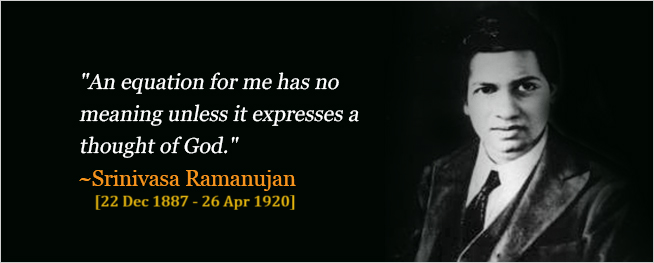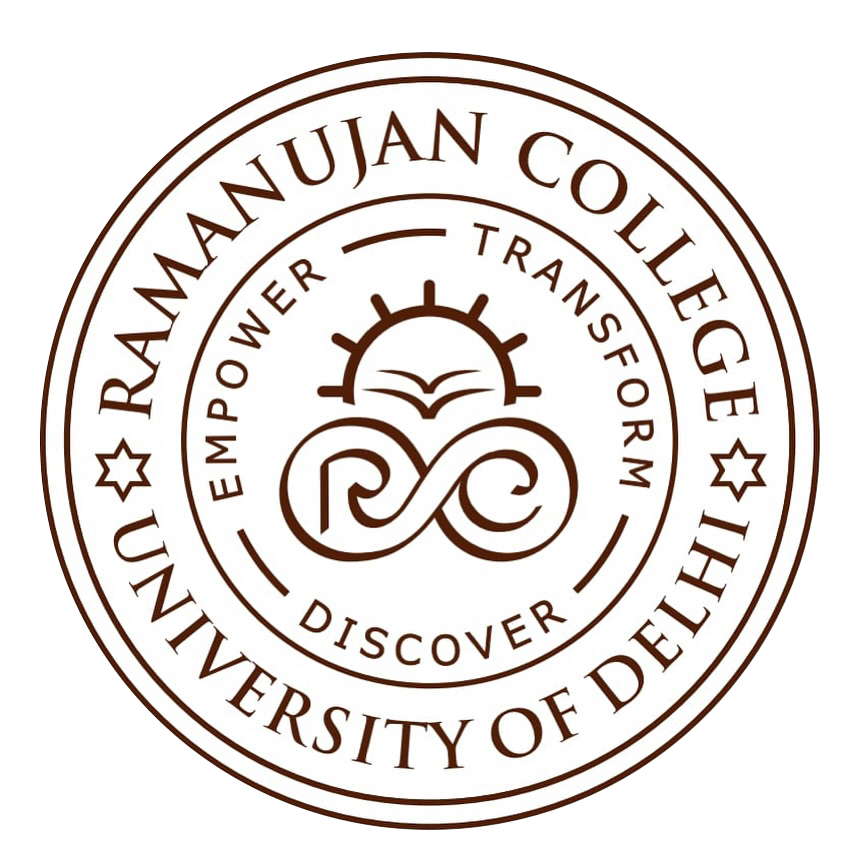
Srinivasa Ramanujan, born on December 22, 1887, in Erode, Tamil Nadu, India, was an exceptional Indian mathematician renowned for his substantial contributions to various branches of mathematics, including mathematical analysis, number theory, infinite series, and continued fractions. Despite limited formal training in mathematics, Ramanujan's innate mathematical talent became evident during his early years.
Ramanujan excelled in mathematics at the Town Higher Secondary School in Kumbakonam, where he struggled with subjects other than math. His self-taught journey began at the age of 15 when he discovered George Shoobridge Carr's "Synopsis of Elementary Results in Pure and Applied Mathematics." This compilation, dating no later than 1860, fueled his intellectual curiosity, leading him to not only master but surpass Carr's theorems with his own innovative ideas. Although he secured a scholarship to the University of Madras in 1903, he lost it the following year due to his exclusive focus on mathematics.
Throughout his life, Ramanujan faced financial challenges, compelling him to navigate a path through employment struggles. In 1909, he entered into an arranged marriage with Janaki Ammal. Despite the financial difficulties, government official Ramachandra Rao recognized Ramanujan's mathematical prowess and supported his research for a time. However, Ramanujan, driven by a desire for self-sufficiency, eventually secured a clerical position with the Madras Port Trust.
Ramanujan's international recognition began in 1911 when he published his first papers in the Journal of the Indian Mathematical Society. A pivotal moment came in 1913 when he corresponded with British mathematician G. H. Hardy, leading to a special scholarship and grant from the University of Madras and Trinity College, Cambridge, respectively. Overcoming religious objections, Ramanujan arrived in England in 1914, collaborating with Hardy and expanding his mathematical repertoire.
His collaboration with G. H. Hardy was instrumental in gaining recognition within the mathematical community. Despite differences in their backgrounds, they produced significant mathematical results together. Ramanujan's profound knowledge spanned continued fractions, the Riemann series, elliptic integrals, hypergeometric series, and his innovative theory of divergent series called Ramanujan summation. Despite being unfamiliar with modern mathematical developments, he made substantial contributions.
His expertise in the partition of numbers—expressing a positive integer as the sum of positive integers—furthered his acclaim. Ramanujan's papers were published in English and European journals, leading to his election to the Royal Society of London in 1918.
In 1917, Ramanujan contracted tuberculosis, prompting his return to India in 1919. Despite ongoing health struggles, he continued working on mathematical problems until his untimely death in 1920 at the age of 32. He left behind three notebooks and a "lost notebook" containing unpublished results that continue to captivate mathematicians.
Srinivasa Ramanujan's life story, marked by resilience and dedication to mathematics, has inspired numerous books, documentaries, and movies. His extraordinary journey from a self-taught mathematician in India to an internationally recognized genius underscores his enduring legacy in the world of mathematics.


